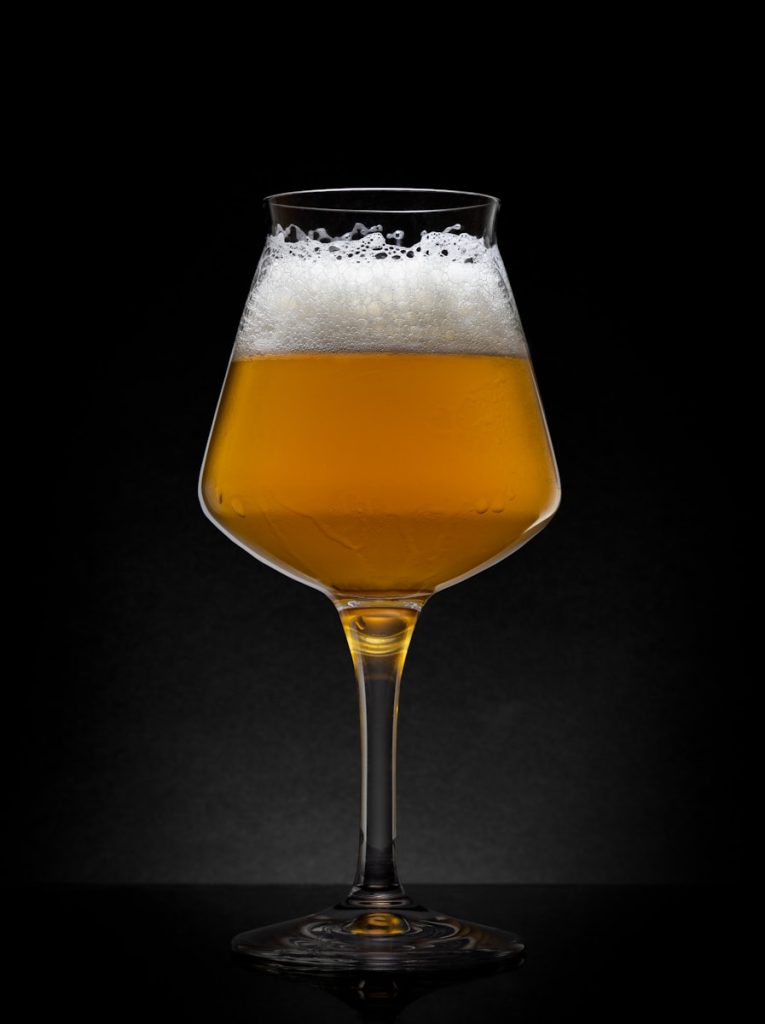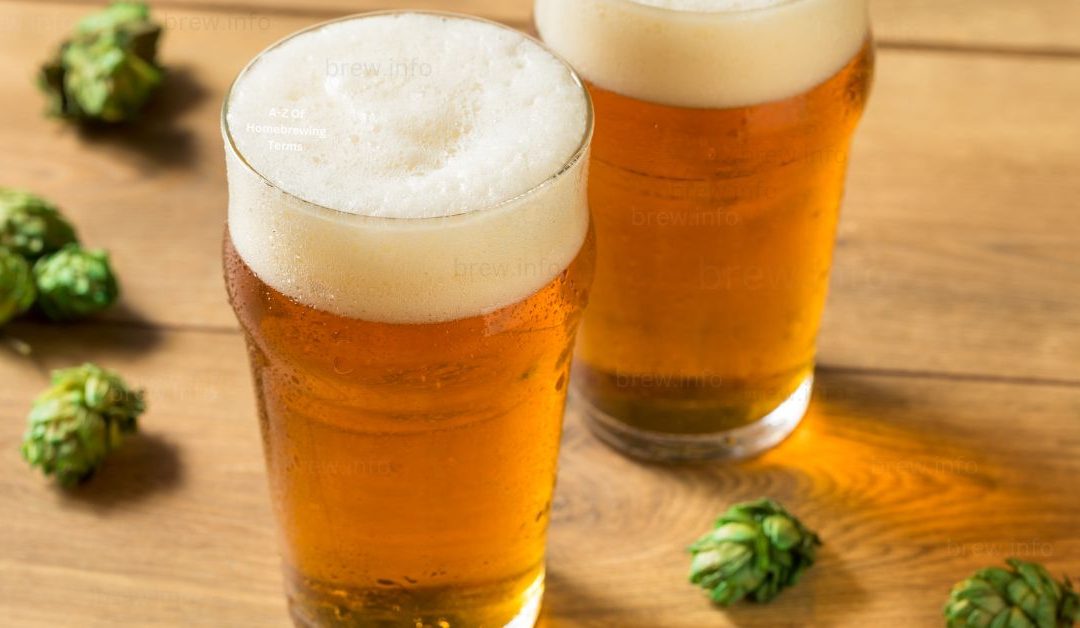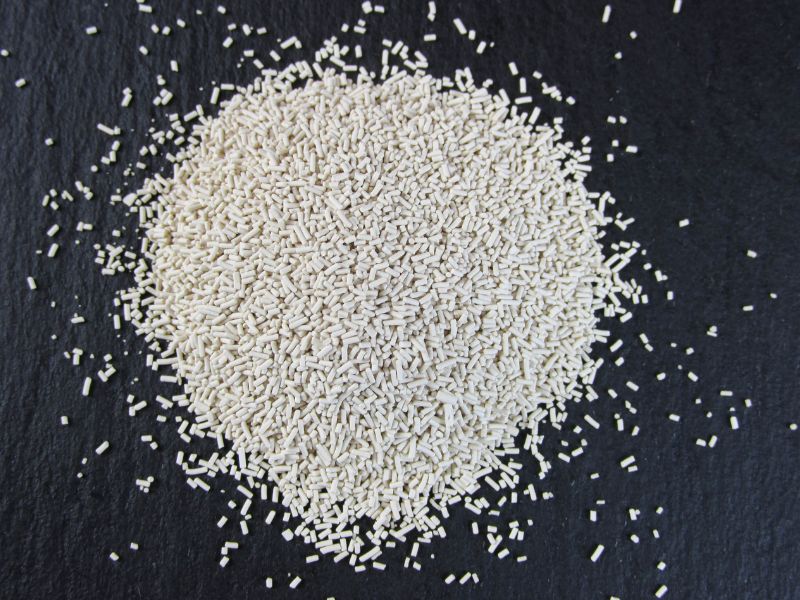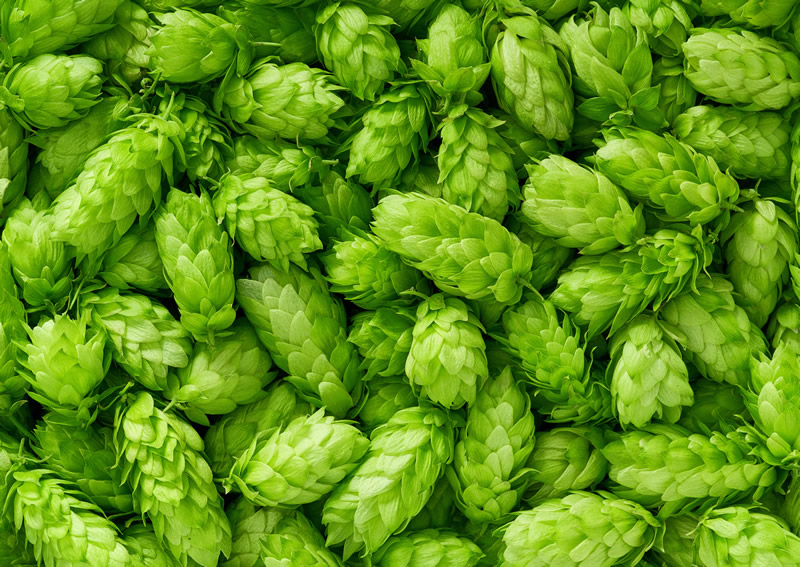Historical Roots and Global Influence
Introduction to IPA
The India Pale Ale (IPA) stands as a monumental figure in the realm of craft beer. This style, often regarded as the bedrock of contemporary brewing, has captivated beer enthusiasts with its bold flavors and dynamic history. IPAs are known for their pronounced hop character, which brings forward a symphony of aromatic, bitter, and floral notes that distinguish them from other beer styles. As you delve into the world of IPAs, you’ll discover a rich tapestry woven from centuries of brewing innovation and global influence.
Origins of IPA: From England to India
The origins of the IPA trace back to the 18th century in England. Contrary to popular belief, the creation of IPA was not merely to withstand the lengthy voyage to India; rather, it was a result of the natural progression and refinement of brewing techniques during that era. Initially dubbed “pale ale as prepared for the India market,” these ales were crafted with a higher hop content, which served as a preservative, ensuring the beer remained fresh during the long journeys to British colonies.
In the early days, British brewers sought to cater to the tastes of their countrymen stationed in India. The journey from England to India was grueling, often spanning four to six months. To combat spoilage, brewers increased the alcohol content and hop levels, which naturally had antimicrobial properties. This innovative approach led to the creation of a robust ale that could endure the harsh conditions of sea travel.
Burton-on-Trent, a town known for its mineral-rich water, became a pivotal hub for brewing these ales. The water’s high sulfate content accentuated the bitterness of the hops, creating the distinctive taste that we now associate with traditional IPAs. As the popularity of these beers grew, they began to be exported to other colonies, marking the start of IPA’s journey to global prominence.
The Transition to American Craft Breweries
The IPA saw a decline in popularity during the early 20th century, largely due to changing tastes and the impacts of two world wars on the beer industry. However, its resurgence came with the craft beer revolution in the United States during the late 1970s and early 1980s. American brewers, driven by a desire for innovation and a growing disinterest in mass-produced lagers, began experimenting with brewing techniques and ingredients, leading to a renaissance for the IPA.
Anchor Brewing in California was among the pioneers that revitalized interest in robust, hoppy ales with their flagship beers. This wave of innovation led to the creation of the American IPA, characterized by its higher alcohol content and an even bolder hop profile compared to its British predecessor. The new American varieties introduced hops like Cascade and Centennial, which brought forth unique flavors and aromas that became the hallmarks of the style.
American craft brewers continued to push the boundaries, leading to the establishment of substyles such as the West Coast IPA, known for its extreme bitterness, and the New England IPA, celebrated for its hazy appearance and juicy flavor profile. This shift not only redefined what an IPA could be but also set the stage for the style’s global spread and the myriad interpretations seen today.
Global Spread and Variations
As the American craft beer scene flourished, so did the international reach of the IPA. Brewers around the world began to embrace and adapt the style, leading to a proliferation of regional variations. In the United Kingdom, where the IPA originally began, brewers began to re-embrace the style, crafting versions that balanced traditional British brewing techniques with the bold flavors of American hops.
In regions like Australia and New Zealand, local breweries developed their own interpretations, incorporating indigenous hop varieties to create unique flavor profiles. The Australian IPA and New Zealand IPA feature a pronounced fruitiness and a vibrant hop character, reflecting the distinct terroir of their respective regions.
The IPA’s global journey is a testament to its versatility and the creative spirit of brewers worldwide. Today, you can find IPAs being brewed in virtually every corner of the globe, each offering a unique twist on the classic style while maintaining the core elements that have made it so beloved by beer enthusiasts.

Evolution Through Ingredients and Brewing Techniques
Hops and Their Transformations
The heart of the India Pale Ale is undeniably the hops. These small, cone-shaped flowers have a significant impact on the flavor, aroma, and bitterness of the beer. Over time, the variety and use of hops have undergone remarkable transformations, shaping the modern IPA into a dynamic and complex beverage.
Early IPAs primarily utilized traditional English hop varieties like Fuggles and East Kent Goldings, known for their earthy and herbal notes. As the craft beer movement exploded, American brewers began experimenting with local hop varieties, introducing the world to the bold and fruity characteristics of Cascade, Centennial, and later, Citra and Mosaic. These hops, renowned for their vibrant citrus and tropical flavors, played a crucial role in defining the contemporary American IPA style.
The innovation didn’t stop there. Brewers have developed advanced techniques to maximize hop flavor and aroma, including:
- Dry Hopping: Adding hops post-fermentation to infuse intense aromatic qualities without additional bitterness.
- Cryo Hops: A concentrated form of hops that provides a robust flavor punch with minimal vegetal material.
- Hop Extracts: Utilized to deliver precise bitterness and aroma with increased efficiency and consistency.
These techniques, along with the continued development of new hop varieties, ensure that the IPA remains a frontier of flavor exploration.
Malt and Yeast Innovations
While hops often steal the spotlight, malt and yeast play equally pivotal roles in the evolution of IPA. Malt provides the fermentable sugars that yeast converts into alcohol, and it also contributes to the beer’s body and sweetness, balancing the hop bitterness.
Traditional IPAs were made using pale malts that produced a light, dry beer with a crisp finish. As IPAs evolved, brewers began incorporating a wider range of malts, such as caramel and Munich malts, which added depth and complexity to the flavor profile. These malts contribute to the rich, golden color and enhance the beer’s malt backbone, providing a counterpoint to the intense hop character.
Yeast, the unsung hero of brewing, has seen significant innovation as well. Early IPAs utilized standard ale yeast strains that fermented cleanly, allowing the hops to dominate the flavor profile. However, the rise of styles like the New England IPA has brought yeast to the forefront. The use of unique yeast strains that produce fruity esters and soft mouthfeels has become a hallmark of these hazy, juicy IPAs.
Brewers now experiment with a variety of yeast strains to create diverse flavor profiles. Some of the most notable advancements include:
- Kveik Yeast: A traditional Norwegian yeast that ferments quickly and produces complex, fruity flavors.
- Brettanomyces: A wild yeast that imparts funky, sour notes, adding another layer of complexity to certain IPA styles.
These innovations in malt and yeast have allowed brewers to push the boundaries of what an IPA can be, leading to a diverse range of styles and flavors.
Brewing Techniques: Traditional vs. Modern
The evolution of brewing techniques has played a pivotal role in shaping the modern IPA. Traditional brewing methods focused on consistency and simplicity, aiming to produce a stable product that could endure long journeys. Today, advanced techniques enable brewers to achieve a broader spectrum of flavors and characteristics.
Traditional Techniques
- Direct Fire Heating: Early breweries used direct heat to boil the wort, which could create caramelization and add complexity to the beer’s flavor.
- Open Fermentation: Traditional IPAs were often fermented in open vessels, exposing the beer to natural yeasts and bacteria that could impart unique flavors.
Modern Techniques
- Closed Fermentation Systems: Modern breweries use closed systems to precisely control fermentation conditions, leading to more consistent and predictable outcomes.
- Biotransformation: Brewers now harness the power of yeast to transform hop compounds during fermentation, creating new aromas and flavors that weren’t present in the raw ingredients.
- Cold Crash and Clarification: Advanced techniques like cold crashing and the use of fining agents help achieve the desired clarity and stability in IPAs, particularly in the popular hazy and juicy variants.
Modern brewing methods allow for a high degree of experimentation and customization, enabling brewers to craft IPAs that cater to an ever-evolving consumer palate.
Contemporary IPA Styles and Trends
The Rise of New England IPA
The emergence of the New England IPA (NEIPA) has dramatically transformed the IPA landscape. Known for its hazy appearance and juicy, fruit-forward flavor profile, NEIPA has become a favorite among beer enthusiasts. This style stands in stark contrast to the traditionally bitter IPAs, prioritizing aroma and mouthfeel over clarity and bitterness.
NEIPA originated in the early 2000s with Vermont’s Alchemist Brewery and its iconic Heady Topper. This beer, with its unfiltered, opaque look, challenged the conventional wisdom that clarity equaled quality. Brewers use techniques such as late-stage dry hopping and specific yeast strains to achieve the style’s characteristic haze and juicy flavor.
What sets NEIPA apart are its:
- Low Bitterness: Contrary to the high IBU counts of traditional IPAs, NEIPAs feature a subdued bitterness, making them more approachable.
- Fruit-Forward Hops: Varieties like Citra and Mosaic dominate, imparting flavors of tropical fruits, citrus, and even stone fruits.
- Hazy Appearance: Achieved through the use of high-protein malts, specific yeast strains, and minimal filtration.
The success of NEIPA has sparked a wave of creativity among brewers, leading to new variations like the Milkshake IPA, which incorporates lactose for added sweetness and a creamy texture.
Exploring New IPA Substyles
The IPA has evolved into a multitude of substyles, each offering a unique twist on the classic formula. This proliferation reflects the beer’s adaptability and the continuous experimentation by brewers worldwide.
West Coast IPA
West Coast IPA represents the bold, bitter side of the IPA spectrum. Known for its clear appearance and intense hop bitterness, this style emphasizes piney, resinous flavors. Brewers often use hops like Chinook and Simcoe, which lend a sharp, crisp finish.
- Key Characteristics:
- High IBU (International Bitterness Units)
- Clear, golden to amber appearance
- Dry finish with minimal malt sweetness
Session IPA
For those seeking a lighter option, Session IPA offers the hoppy flavors of a traditional IPA but with a lower alcohol content. This makes it ideal for extended drinking sessions without the risk of overconsumption.
- Key Characteristics:
- Lower ABV (typically 3-5%)
- Balanced hop profile with a lighter body
- Refreshing and crisp
Double and Triple IPAs
Double and Triple IPAs (also known as Imperial IPAs) take the intensity of hops and alcohol to new levels. These beers are characterized by their robust malt backbone, which balances the aggressive hop bitterness and higher alcohol content.
- Key Characteristics:
- High ABV (typically 8-12% for Double, over 10% for Triple)
- Intense hop aroma and bitterness
- Rich malt sweetness to balance the alcohol
Brut IPA
Brut IPA is a relatively new style that emerged in response to the trend towards dry, effervescent beers. Inspired by the Champagne method, these IPAs are bone-dry and often highly carbonated, with a crisp, clean finish.
- Key Characteristics:
- Very low residual sugar, creating a dry finish
- High carbonation
- Delicate hop aromas without overwhelming bitterness
The Future of IPA: Trends and Predictions
The IPA is in a constant state of flux, driven by an insatiable appetite for innovation and new experiences. As we look to the future, several trends and emerging styles point to where the IPA might be headed.
Increasing Focus on Freshness
Freshness is becoming a key selling point for IPAs, with consumers and brewers alike emphasizing the importance of fresh, vibrant hop flavors. Techniques like cold shipping and local sourcing are gaining traction to ensure the freshest possible product reaches the market.
Experimentation with Non-Traditional Ingredients
Brewers are increasingly exploring the use of non-traditional ingredients to push the boundaries of IPA flavor profiles. This includes the addition of fruits, herbs, and even spices to create unique and exciting variations. For instance, the Fruited IPA has seen a surge in popularity, blending the hop character with the sweetness and tartness of various fruits.
Sustainability and Local Sourcing
Sustainability is becoming a significant factor in brewing practices. More breweries are committing to using locally sourced ingredients and implementing eco-friendly production methods to reduce their environmental impact. This shift not only supports local economies but also fosters a stronger connection between brewers and their communities.
IPA in Culture and Market
IPA’s Impact on Craft Beer Culture
The India Pale Ale (IPA) has transcended its status as merely a beer style, becoming a cultural icon in the craft beer world. Its bold flavors and evolving character have made it a symbol of the craft beer movement, representing the innovative spirit and artisanal quality that defines the industry.
IPAs have played a pivotal role in popularizing craft beer, attracting enthusiasts with their distinctive taste and complex profiles. The rise of IPAs coincided with the craft beer revolution, a movement driven by a desire to break away from the uniformity of mass-produced lagers. This revolution celebrated diversity in brewing, and IPAs, with their myriad substyles and variations, became the vanguard of this change.
The cultural significance of IPAs is evident in the numerous festivals and events dedicated to celebrating this style. From IPA festivals to beer tastings, these events bring together brewers and beer lovers, fostering a community centered around the appreciation of craft beer. The IPA’s ability to continually innovate and adapt has ensured its place at the forefront of the craft beer scene, inspiring countless brewers to push the boundaries of flavor and creativity.
Market Dynamics and Economic Influence
Economically, the IPA has had a profound impact on the craft beer market. It is often the flagship beer for many craft breweries, driving sales and brand recognition. The demand for IPAs has fueled the growth of the craft beer industry, contributing significantly to its expansion over the past few decades.
The craft beer market has seen exponential growth, and IPAs have been at the heart of this boom. The style’s popularity has led to increased competition among breweries, each striving to create the next great IPA. This competition has spurred innovation, leading to the development of new substyles and brewing techniques that continue to expand the IPA’s reach.
From a financial perspective, IPAs command a premium price point, reflecting the quality and craftsmanship involved in their production. This has made IPAs a lucrative product for breweries, helping to sustain and grow their businesses. The economic impact of IPAs extends beyond the breweries to suppliers, distributors, and retailers, creating a robust ecosystem that supports the craft beer industry as a whole.
The IPA’s influence on the market is also evident in the trends toward local sourcing and sustainability. Breweries are increasingly focusing on using locally sourced ingredients to create IPAs that reflect the unique characteristics of their regions. This not only supports local economies but also resonates with consumers who are seeking more sustainable and environmentally friendly products.
IPA Festivals and Events
IPA-focused events have become a staple in the craft beer calendar, offering enthusiasts the opportunity to sample a wide variety of IPAs and engage with the brewers who create them. These festivals are not just about drinking beer; they are a celebration of the craft, showcasing the creativity and passion that goes into brewing each IPA.
Some of the most notable IPA festivals include:
- The Great American Beer Festival: Held annually in Denver, Colorado, this event features a vast array of IPAs from breweries across the United States, offering a comprehensive showcase of the style’s diversity.
- IPA Day: Celebrated on the first Thursday of August, this global event encourages beer lovers to indulge in their favorite IPAs and explore new variations.
- Local IPA Festivals: Many cities host their IPA-focused events, where local breweries present their latest creations and compete for titles like “Best IPA.”
These events not only provide a platform for breweries to showcase their products but also serve as a meeting ground for the craft beer community, fostering connections and sparking new ideas.
FAQs About IPA
What makes an IPA different from other beer styles?
IPAs are characterized by their high hop content, which imparts distinctive aromatic and bitter flavors. This sets them apart from other styles that may prioritize malt sweetness or a balanced flavor profile.
What are the most popular IPA substyles today?
Popular substyles include New England IPA with its juicy, hazy profile, West Coast IPA known for its clarity and bitterness, and Double IPA, which features higher alcohol content and more intense flavors.
How should IPA be stored and served for optimal taste?
IPAs should be stored in a cool, dark place and served fresh to preserve their hop character. They are best enjoyed at a slightly cooler temperature than room temperature, around 45-50°F (7-10°C), to fully appreciate their complex flavors and aromas.
Conclusion
The evolution of the India Pale Ale (IPA) is a fascinating journey that reflects the dynamic nature of the craft beer industry. From its humble beginnings as a British export to India, the IPA has transformed into a global icon, celebrated for its bold flavors and endless versatility. The development of new hop varieties, innovative brewing techniques, and diverse substyles like the New England IPA and West Coast IPA have continually pushed the boundaries of what an IPA can be.
As IPAs continue to evolve, they remain at the forefront of craft beer innovation, driving economic growth and cultural significance. The IPA’s journey is far from over, promising new flavors, styles, and experiences for beer enthusiasts worldwide. Whether you are a seasoned connoisseur or a curious newcomer, the world of IPAs offers a vibrant and ever-changing landscape to explore.
© 2024 Brew Info. All rights reserved. No part of this document may be reproduced or transmitted in any form or by any means, electronic, mechanical, photocopying, recording, or otherwise, without prior written permission of Brew Info.







